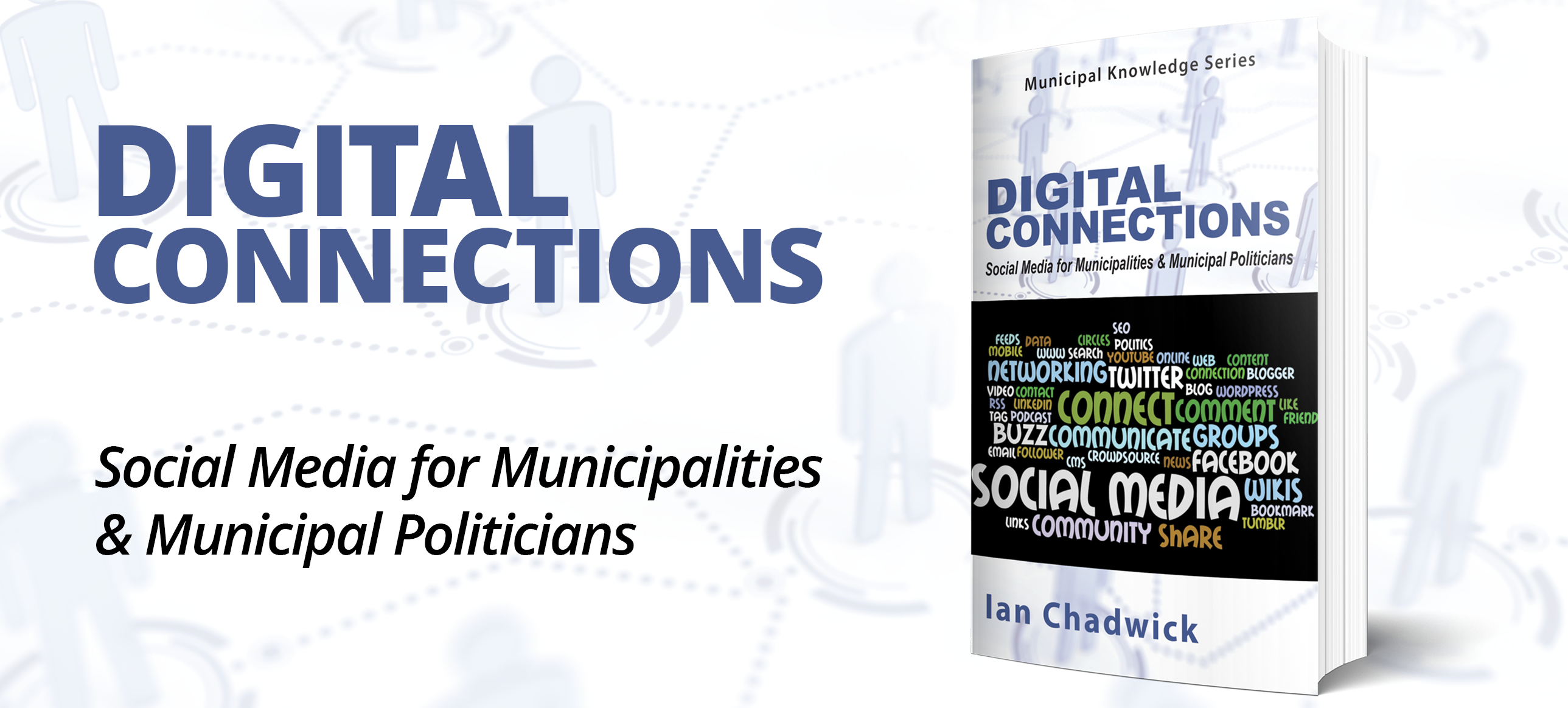Will working from home continue in the post COVID-19 municipal workforce?

Historically, the reasons municipalities cited for not allowing more employees to work from home sidestepped the issues of control and trust and focused on technology limitations and protection of information. The challenge of technology may not have been the actual availability of the remote technology, but rather the cost of purchasing licenses for all employees to access it. Another challenge was ensuring the protection of confidential information, as municipalities have a very real fear of tax payers’ or employees’ private data being inadequately protected if employees are accessing it remotely.
Performance Management and Productivity Measurement
Performance management and productivity measurement have also been identified as challenges in a remote environment. That is, if employees are not visible, managing performance becomes more challenging. At the same time, productivity is often informally measured in the number of hours a day a person puts in, which is very difficult to manage when the employee is working remotely.
Fast forward to 2020, where the coronavirus pandemic has forced municipal employers to pivot and step outside their comfort zones, address barriers to working from home, and move employees outside of the office environment to protect both the employee and the public. They have made the technology work, purchased the additional licenses required, stepped up the tech support for people working remotely, and found ways to connect and protect information at the same time. Stuart Leatherdale, Divisional Director, Corporate & Protective Services, says the City of Kelowna had zero employees working from home but, as a result of the pandemic, they “implemented [their] work from home program very quickly” and soon had 200 people working from home. According to Leatherdale, “Technology that was a difficult problem for working from home and enabling more of a virtual workplace has now been purchased and implemented and staff, out of this emergency, have become familiar with many new tech tools”.
That leads to the question of whether working from home will continue to be an option as offices reopen and employees are able to return to work.
Work-From-Home Policies
The benefits of working from home have been listed as better work-life balance, reduced commuting time, decreased costs for both the employer and employee, and higher productivity because of fewer interruptions. The downside of having employees working from home has been lack of control, missed opportunities for collaboration, and the changes that would be required to implement this long term. COVID-19 has forced many employers to get over these hurdles, but are employers seeing this as a short-term solution to the pandemic? Will there be a collective sigh of relief when things get back to normal, rather than accept the suggestion that there is now a new normal? At the City of Kelowna, there may be a few more people working from home once the pandemic is over, but the majority will be transitioned back to the office. “As we enter the recovery phase of this pandemic, we are developing phased plans to return all of our staff to the workplace but, at the same time, we are also working on a policy that will see some staff work from home ongoing,” Leatherdale explains.
Similarly, many other municipalities may be brushing off their work-from-home policies, but they are not planning wholescale shifts to home-based work. Since the arguments of technology deficiencies and information protection appear to have been resolved, that revives the question of whether organizations can find a way to satisfy control and trust needs. In order to embrace working from home as a new normal, organizations must shift the way they measure success. If productivity were measured not by hours in an office, but rather by outcomes – such as if employees were paid correctly and on time, or are engineering projects proceeding on time and within budget – does it matter if a person is in front of their computer from 8:30 to 5:00 p.m. every day?
Shifting Measures of Success, Managing Outcomes
Full-time work from home for large numbers of employees might still be a stretch for many municipalities, as changing success measures and mental shifts regarding trust and control take time. Despite all the advantages and the proven ability to make it work, it is unlikely large scale work from home will be a permanent and lasting shift in municipalities.
Having said that, if it is important enough to employees, the demand for work at home options will not go away and the municipalities who offer this option will have a competitive advantage when hiring top talent. Perhaps it is time to start developing new measures of success and managing outcomes instead of hours worked? MW
✯ Municipal World Insider and Executive Members: You might also be interested in Evert Akkerman’s article: Preparing for 2040: A look at the municipal workplace of the future. Note that you can now access the complete collection of past articles (and more) from your membership dashboard.
Dawn M. McCoy, MBA, CEC, ACC, SHRM-SCP, CPHR, is a well-respected HR leader, keynote speaker, author, and university instructor. Dawn brings 25 years of strategic leadership, organizational effectiveness, and human resources experience in both the public and private sectors to her own coaching and consulting practice.
Related resource materials:



